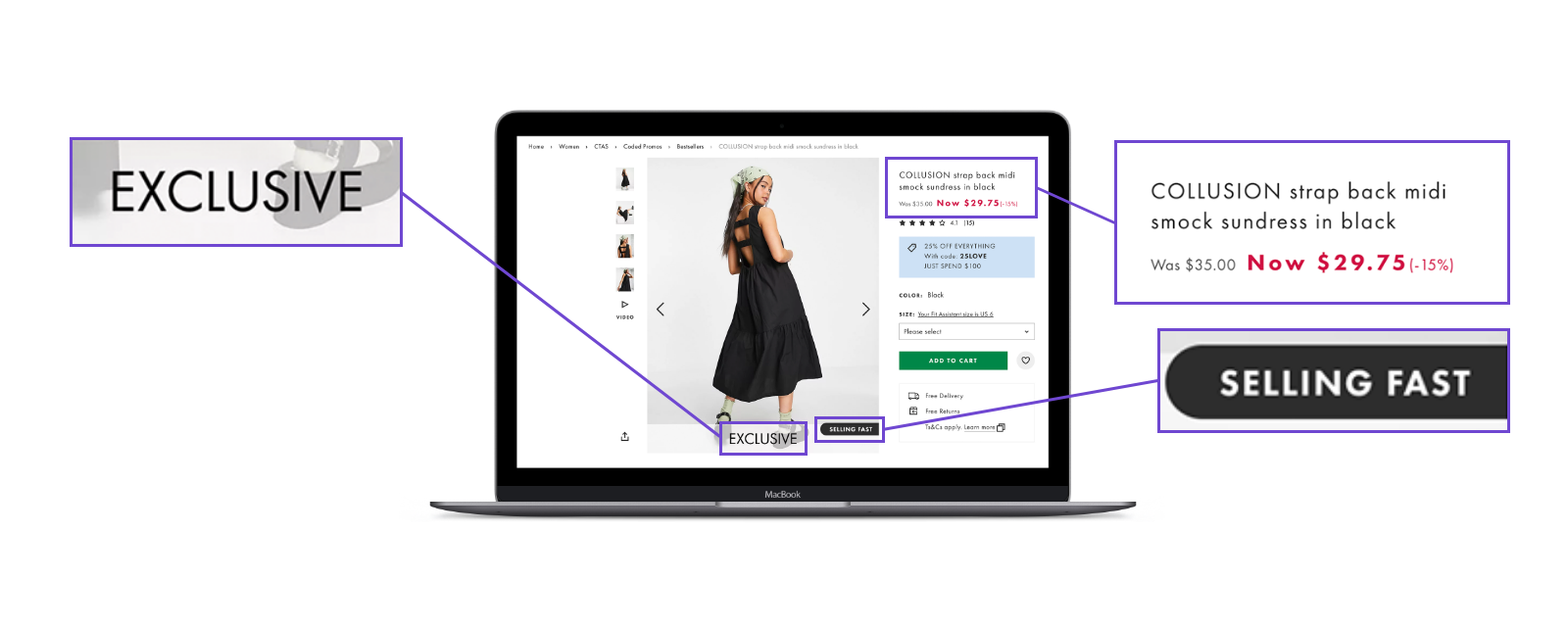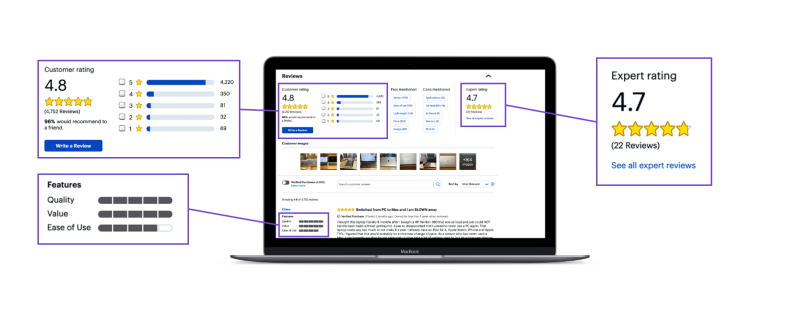Go Back
Our human brains are constantly processing information. They can only process a limited amount of information at once. Every day we’re bombarded with a huge variety of information, often with time demands on how quickly that processing needs to happen.
To keep up with that demand, our brains create neural shortcuts to help us quickly make decisions and recall information. These shortcuts are known as heuristics. While helpful, these shortcuts often lead to a lapse in rational thinking known as a cognitive bias.
Summed up simply, cognitive biases are psychology-backed human tendencies that unconsciously (and often illogically) influence our decision-making process. There are hundreds of biases that influence our choices and behaviors, including our shopping and buying behaviors.
The primary goal of an eCommerce website is to showcase products and persuade the user to make a purchase. Being aware of the cognitive biases that can occur when shopping online can help us tap into the customer’s brain and provide insights into how we can best optimize for conversions.
The Framing Effect
Our brain’s decision-making process is heavily influenced by the connotations (either positive or negative) that are presented alongside our options. In other words, the way options are presented to us plays a large role in the product choices we make.
The Framing Effect indicates that people tend to pay more attention to loss than they do to equivalent gain. This is why you’ll often see that a product is 30% off the original price, but rarely see a product on sale for 70% of the initial price, even though those mean the same thing numerically.
In eCommerce, we can apply this principle by incorporating design and copy elements to frame the options that we are presenting.
- Frame discounts by including the original (or competitor) price
- Reduce emphasis on negative propositions
- Create a sense of urgency: “selling fast”
- Create a sense of exclusivity: “exclusive collaboration” / “online only”

Choice Overload
Humans like to have options, but when there are too many options, we get overwhelmed and experience Choice Overload or Choice Paralysis.
We definitely don’t want customers to feel overwhelmed, so we can combat Choice Overload by limiting the number of options that a customer has at any given time. Another way to address this is by building in a product compare feature, allowing the customer to narrow down their options on their own.
- Filterable/sortable content to help the customer find what they’re looking for
- Limit the amount of selections above the fold
- Utilize tiered or faceted navigation

The Bandwagon Effect
The Bandwagon Effect confirms that people are highly susceptible to conforming to what others are doing. Similarly, people are more likely to believe something if they have evidence that other people believe it too.
The Bandwagon Effect can be applied to eCommerce by leveraging social proof or calling out popular products.
- Reviews and testimonials
- Call out popular products

Conclusion
When it comes to optimization, learning about human psychology can give us valuable insights into how we can improve the user experience and ultimately make more sales. An awareness of cognitive biases and how they impact the way we make decisions provides us with unlimited tips and tricks that can be built into new or existing eCommerce sites.


